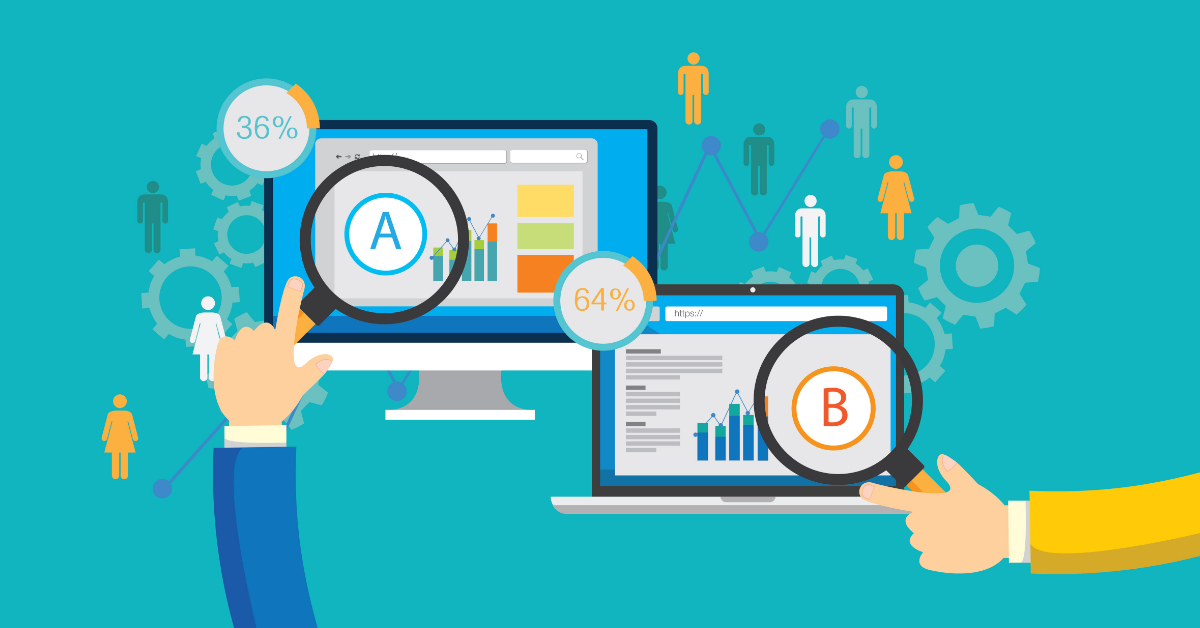When it comes to digital transformation, there are usually four main areas of focus - technology, data, processes, and cultural change. Technology can be considered the main driving force behind transforming your business, but it’s more about letting go of outdated processes and legacy technology that no longer align with your future business objectives.
With that in mind, how do we determine the cost of digital transformation? This is where it gets tricky, because it’s often not feasible to pull a price out of thin air.
When considering what digital transformation will cost for your business, there are four main factors to keep in mind:
- The nature of your industry
- The complexity of your business
- Your people and processes
- Your current tech stack
Keep reading to take a closer look at these key factors.
The Nature of Your Industry
The nature of the industry you’re in can play a huge role in how you pivot into a more digital environment. With each industry being unique in regard to rules and regulations, sometimes even changing between regions, it can be a challenge to determine whether or not you’re being fully compliant.
Specifically, regulation around data management and protection will be one key area of concern and uncertainty. For example, the implementation of the GDPR (General Data Protection Regulation) means that businesses are required to map out their data flows and assess the risks involved in data processing activities. This presents one risk of innovation, which is the danger of losing highly sensitive data.
The healthcare industry, as an example, has access to a huge collection of sensitive data regarding patients, so the level of data protection necessary to avoid a breach in security would be crucial. If the maximum penalty for breaching the GDPR is 20 million euros, or 4% of annual turnover, what is the cost of adequately protecting that data?
The Complexity of Your Business
Another key factor to consider is the complexity of your business. Perhaps your business operates within multiple regions, states, or territories, or there are a number of different business units and subsidiaries all with individual functions. Or, maybe the structure of your business affects which digital solutions could be implemented across the company, due to its interdependent and interconnected stakeholders.
For example, a small hair salon is a relatively simple business, and the key number of interconnected stakeholders could be narrowed down to the owner, one or two full time employees as well as a couple of part-timers, one or two suppliers, and a small customer base. In contrast, a huge multinational organisation is far more complex, as it might have many different product offerings, as well as hundreds or even thousands of interconnected stakeholders, such as employees, investors, suppliers and customers.
People and Processes
Across your organisation, different users and departments are not only going to have different processes and requirements, but also different capabilities when it comes to digital solutions. Transforming your business digitally will be a huge change to the culture of the business, and not everyone will be as willing to shift to a new way of doing things - a one size fits all approach is not likely to be the immediate solution.
As the Covid-19 pandemic spread worldwide, in order to continue operating, businesses needed to consider how they were going to communicate with employees and connect with their customers. Video conferencing applications like Zoom and Google Meet became two of the most utilised tools to achieve this, and businesses who adopted a work-from-anywhere system could carry on functioning. However, businesses who didn’t choose to implement similar processes run the risk of falling behind, due to not having a solution that is safe during the pandemic.
Your Current Tech Stack
One thing to remember is that, while problems can stem from undisciplined processes and poorly organised data, businesses still need to rely on these processes until a new system is implemented. With this in mind, it’s important to consider how you will transition to digital solutions. Which systems need a complete overhaul, and which systems can be integrated with the new ones? Exactly which data points need to be integrated between the two systems?
Understanding What it Will Cost
Beware of any agency that is quick to come up with a price without asking any critical questions, or going through a discovery process. One risk that comes with this is the potential to under-scope the project, resulting in surprise costs later down the track. Another risk is that the agency has pitched the highest quote possible, which may not reflect your specific needs, resulting in you paying for more than you need to.
The discovery process should include things like shadowing users of the current systems to understand critical processes and features; interviewing key stakeholders to determine business objectives; and road-mapping the transformation to have a clear line of sight of what should be prioritised over what period of time. Often the agency will offset the cost of the discovery process if you do choose to embark on the process.
Businesses are under a great deal of pressure to adapt to the ever-changing tech landscape, as well as the ongoing pandemic, in order to survive or continue thriving. After exploring all of these factors, you should begin to establish an idea of what digital transformation might cost for your business. In saying that, it's equally worth considering the cost of not innovating at all.
If you're thinking about transitioning into a more digital environment, choosing the right technology can be one of the biggest costs for your business. And a CRM is one of the most critical aspects to consider, as it will enable you to centralise your prospect data, track your customer interactions, and align your sales and marketing to help your business grow.
So start by filling out the form below to get access to our free CRM comparison tool.




Comments